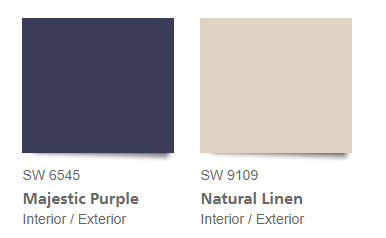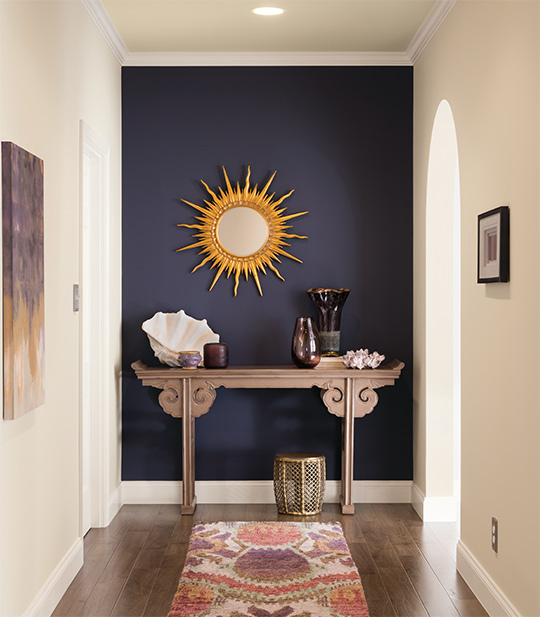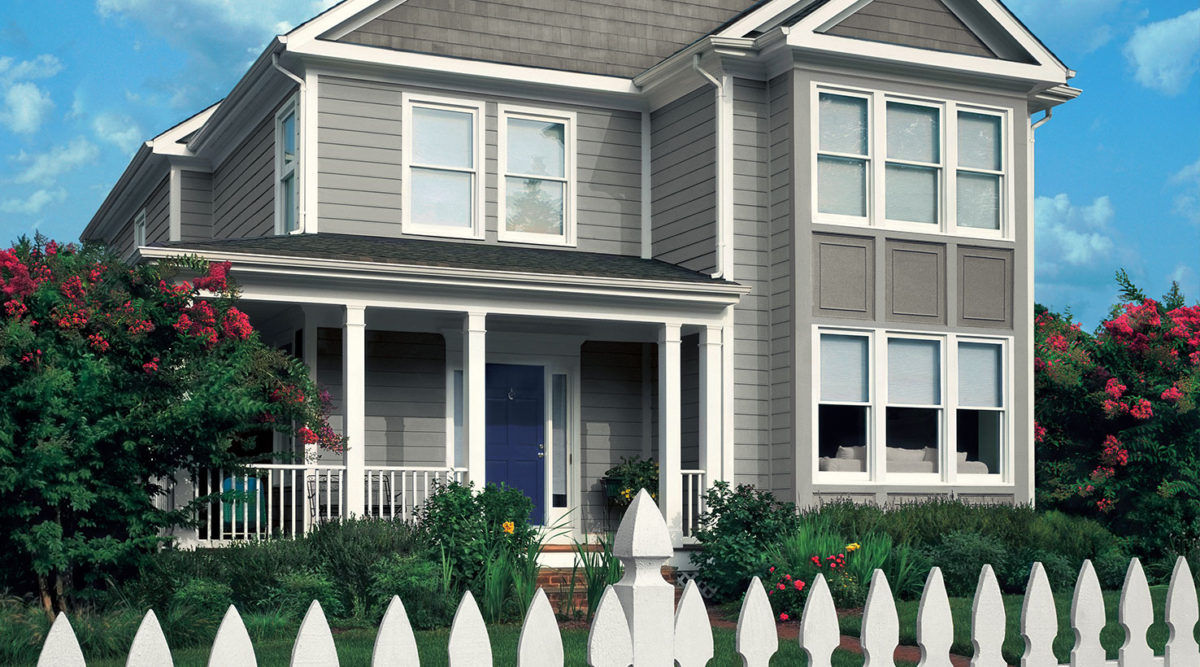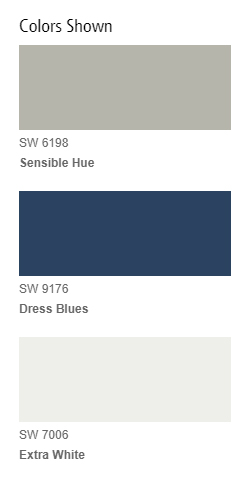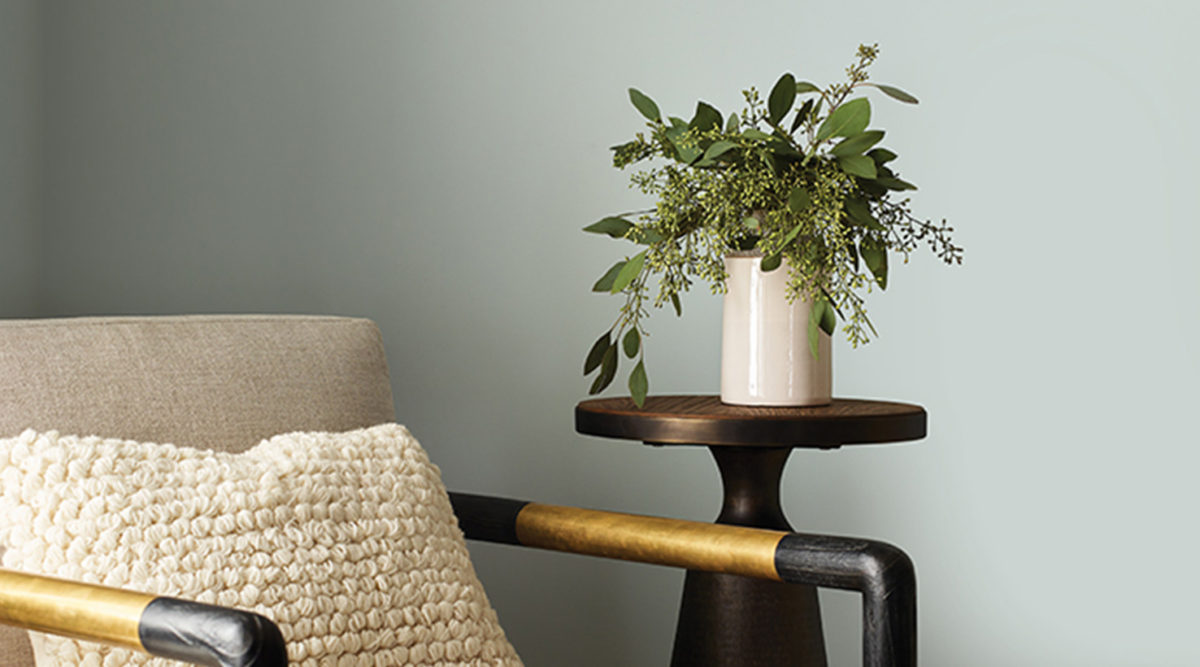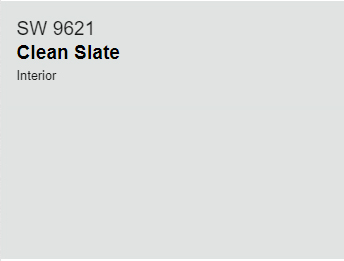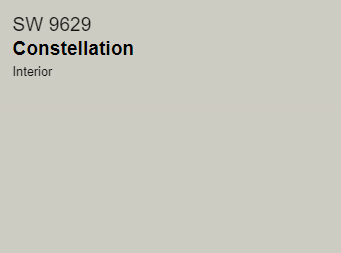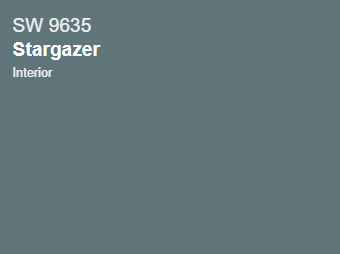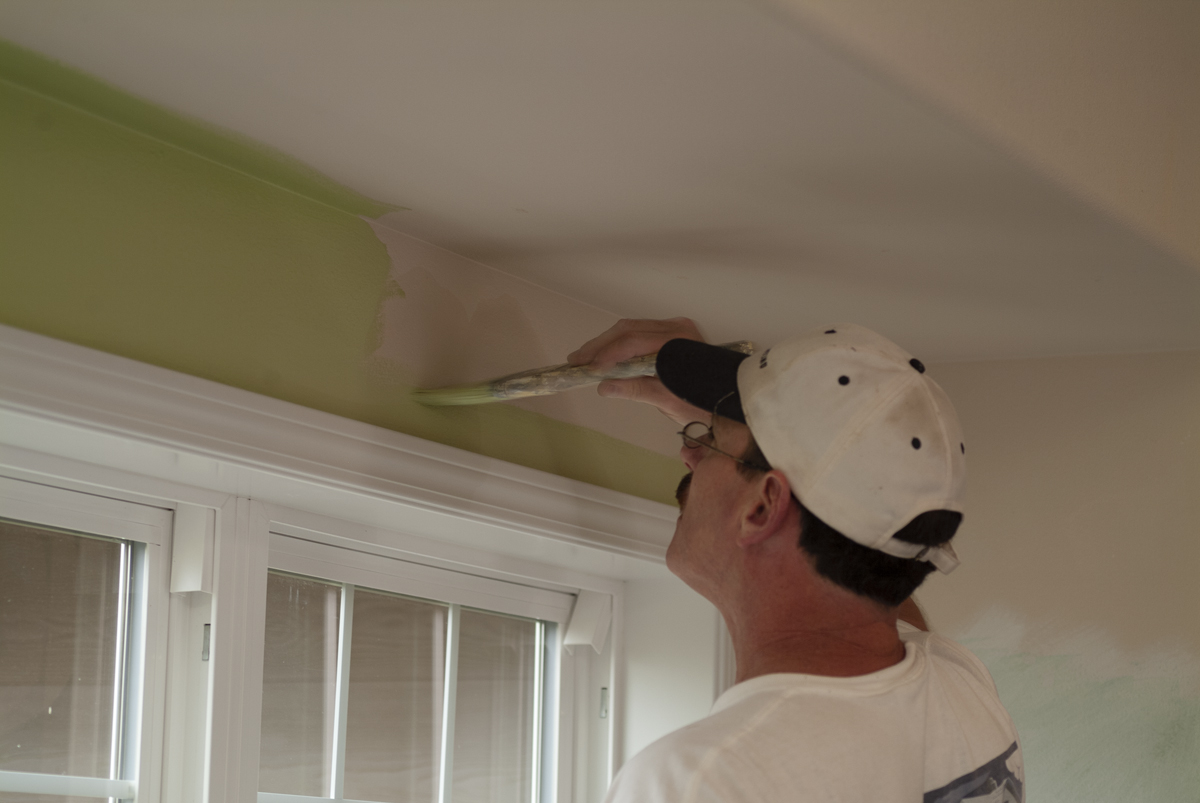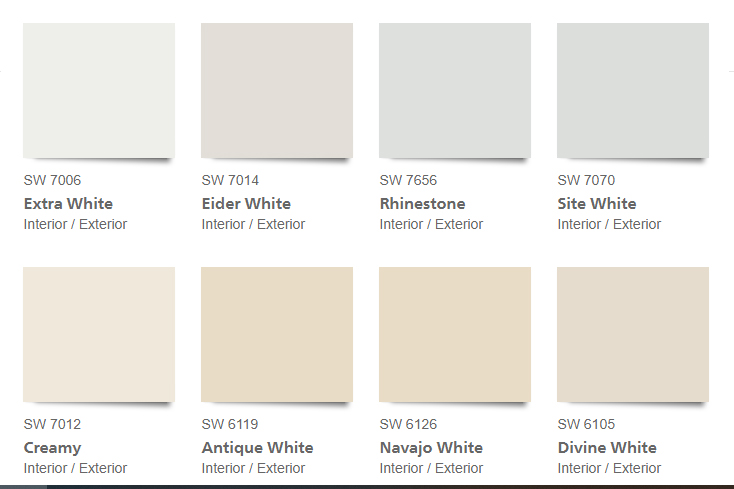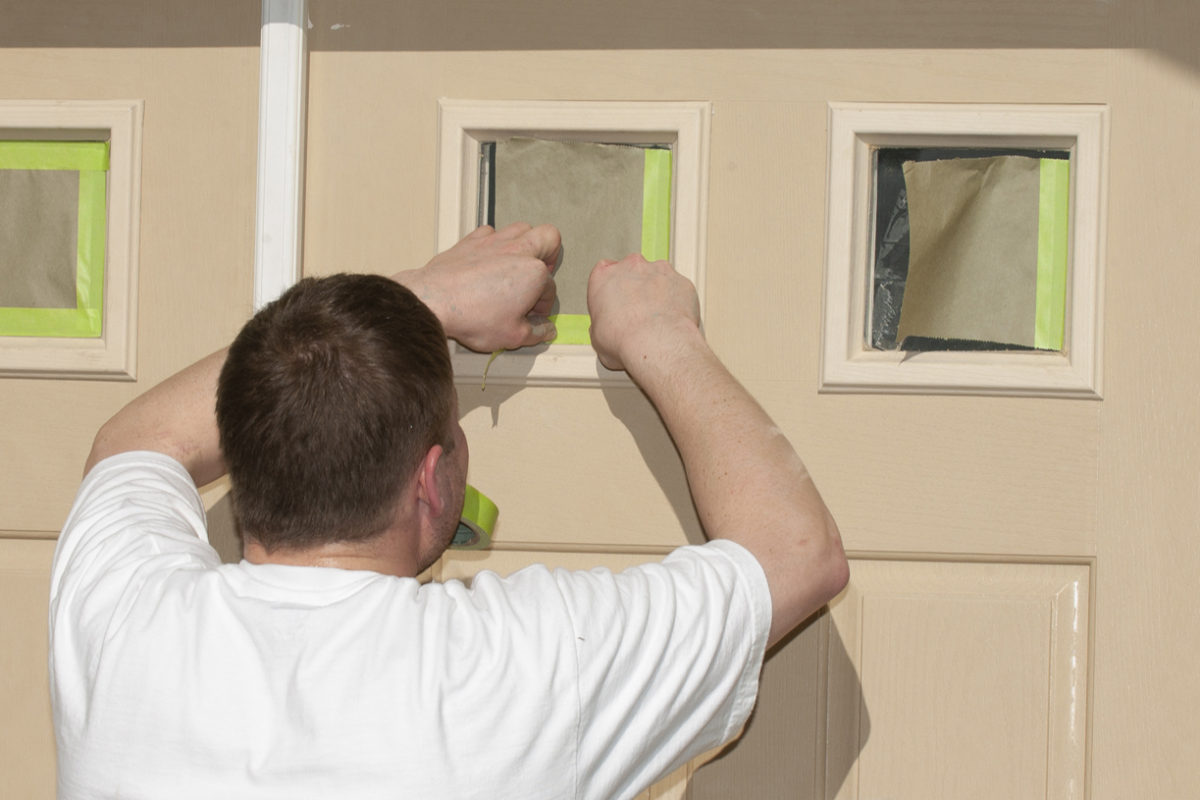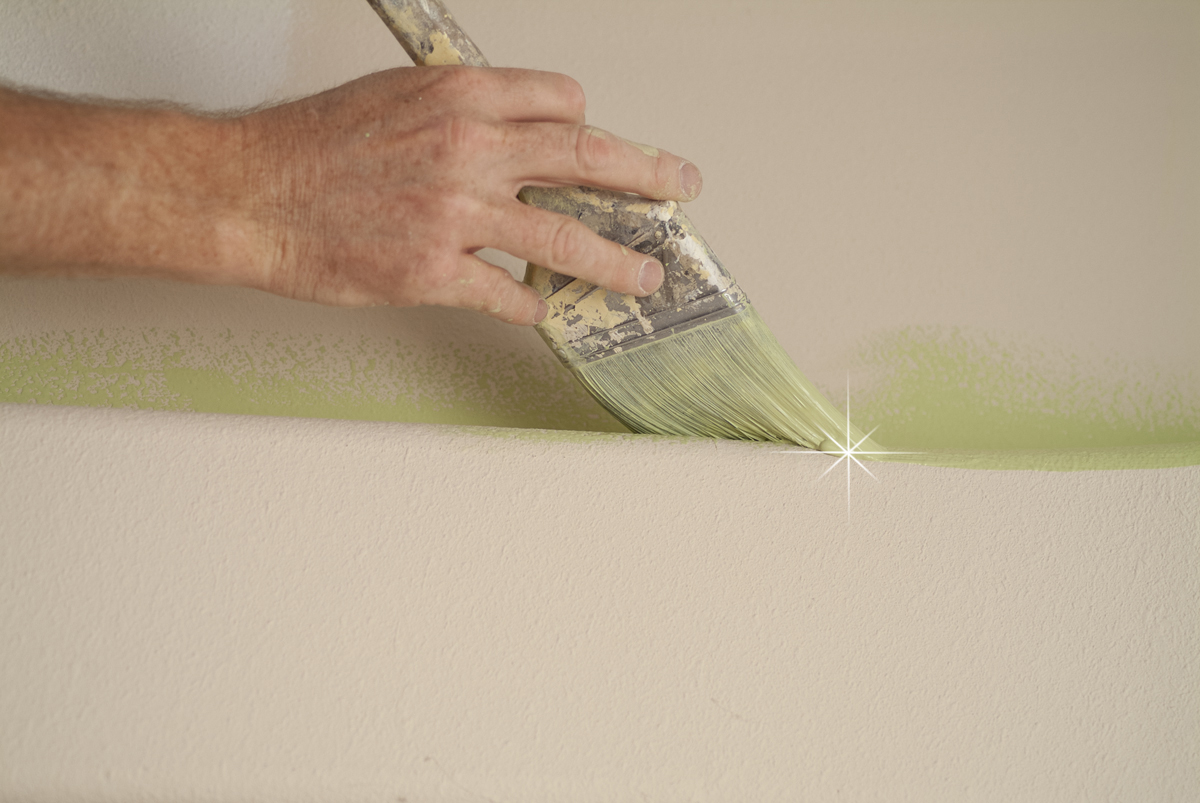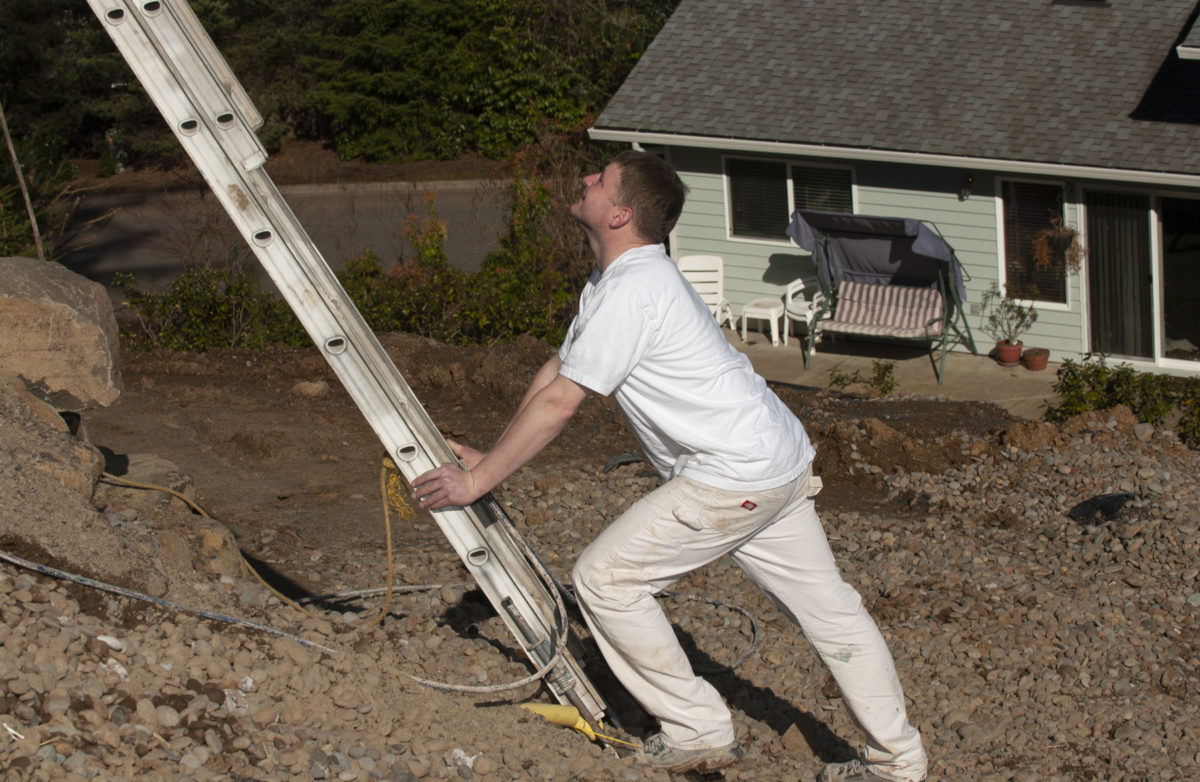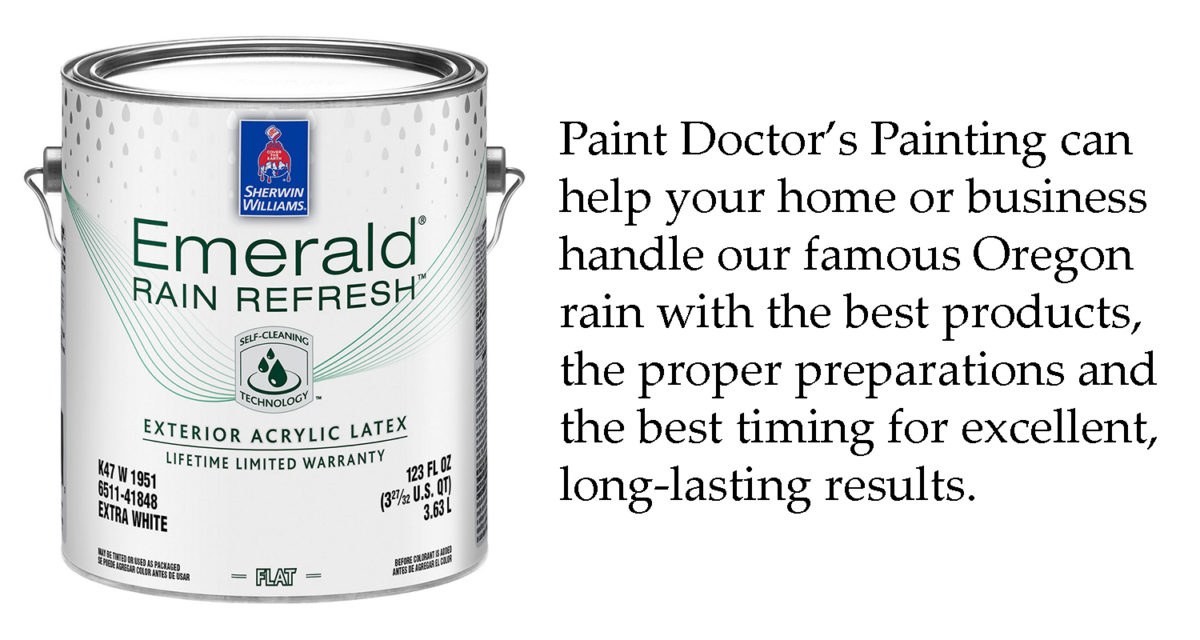We’re all aware that the layer of marine air that comes off the coast is the thing that keeps the Emerald Valley, you know, emerald. But the fog, mist and rain we experience creates some challenges as well. We construct our roads with crowns and proper ditches for run off. We avoid building houses in the flood zones. We all own some decent rain gear for our outdoor activities.
Our famous rain presents some distinct challenges for painting contractors as well. First of all is the selection of the best products for our particular climate. Paint adhesion for primers and finish coats in a damp environment are important considerations. Mold and mildew resistance and drying dynamics are also factors. Be sure to ask the Paint Doctor about using paints with anti-microbial properties, such as Sherwin-Williams Harmony and Duration Home.
Paint surface preparation is also very climate driven. It doesn’t take long in our valley for microscopic mold and mildew spores to gain a foothold and our world famous agriculture and natural pollens create dust that also settles onto our buildings. Surfaces must be properly cleaned for improved paint adhesion and to kill mold and mildew. Cleaning is a very important step in the painting process. The Paint Doctor knows how to get the job done right for the best protection for your building.
Paint application is also very weather dependent. Paint must be applied within an optimal range of temperature and humidity. The Paint Doctor knows the best time to apply your paint and the best tools to do the job right the first time.
Our weather makes our state green but it presents some challenges for our painted surfaces that are best left to the pros at Paint Doctor’s Painting who know what products work best and what preparations need to be made. They also know when and how to best apply the product. Call Mike at 541-497-3804
